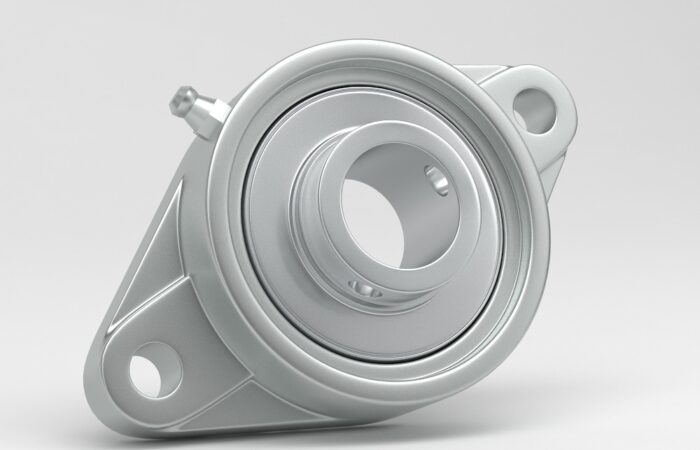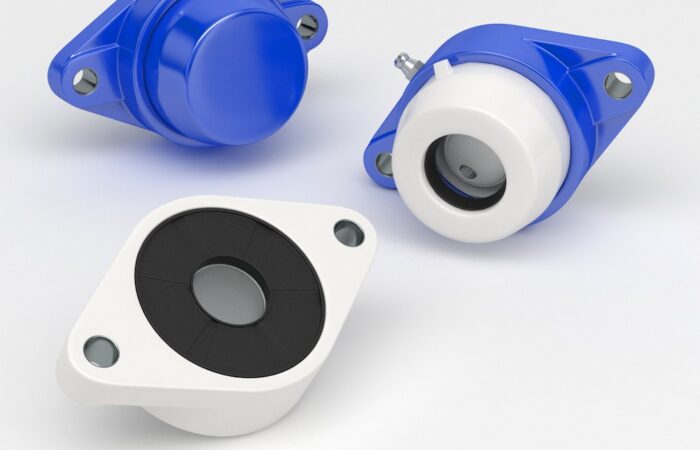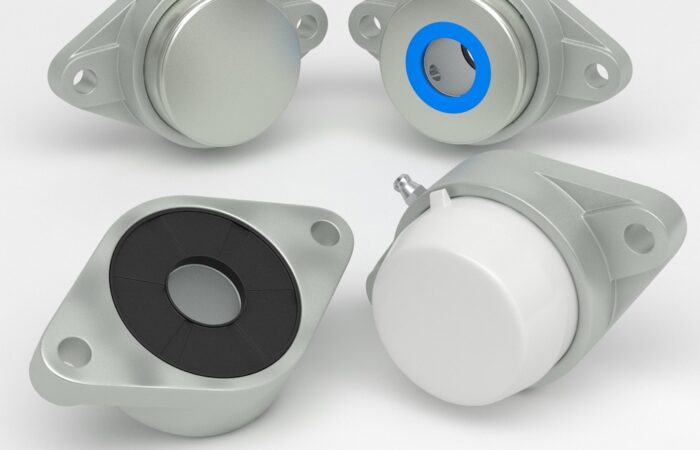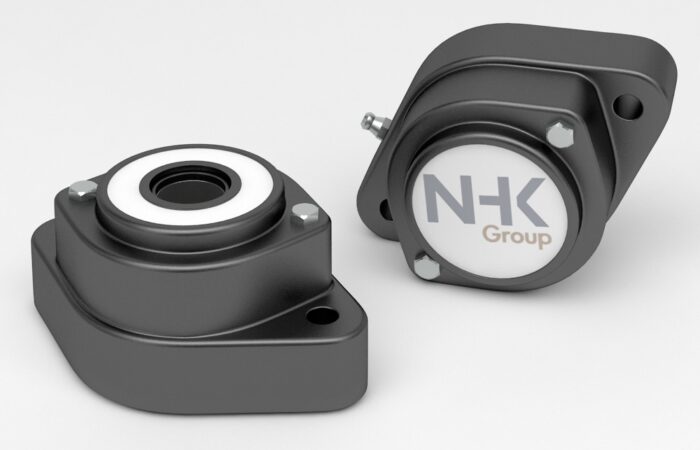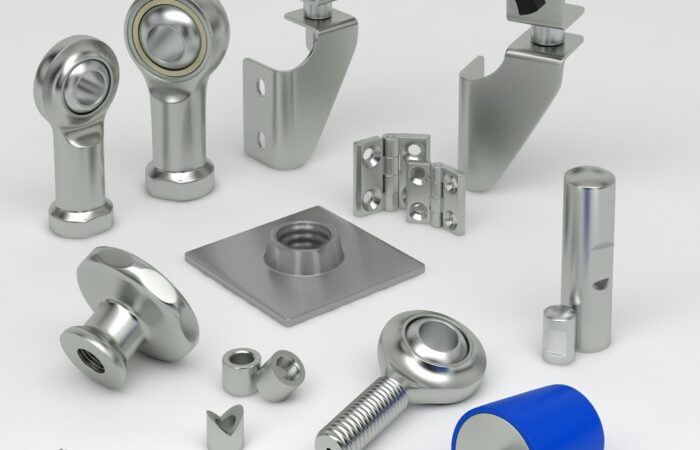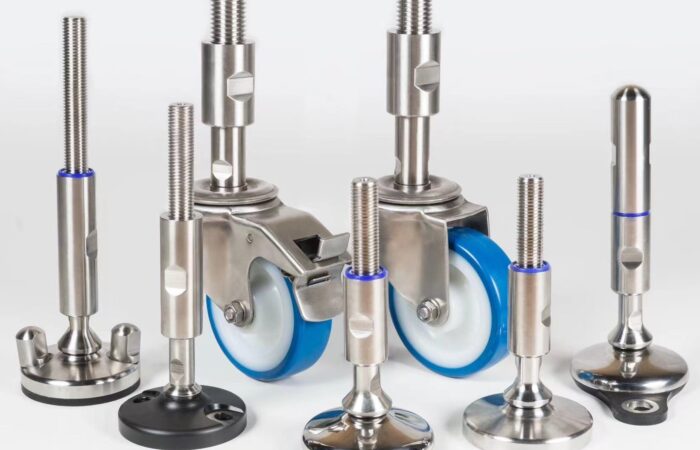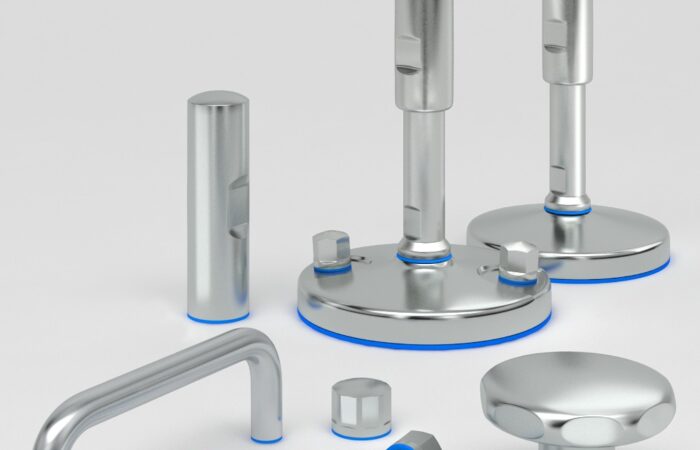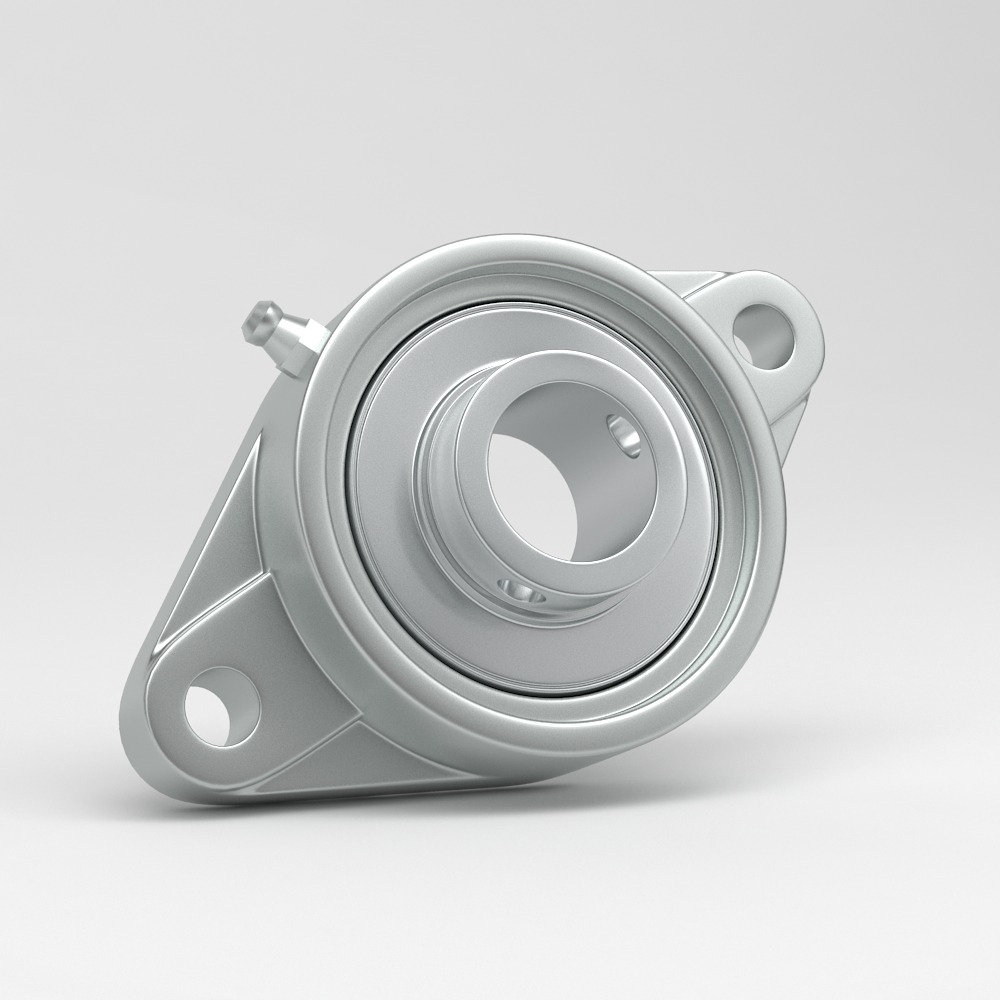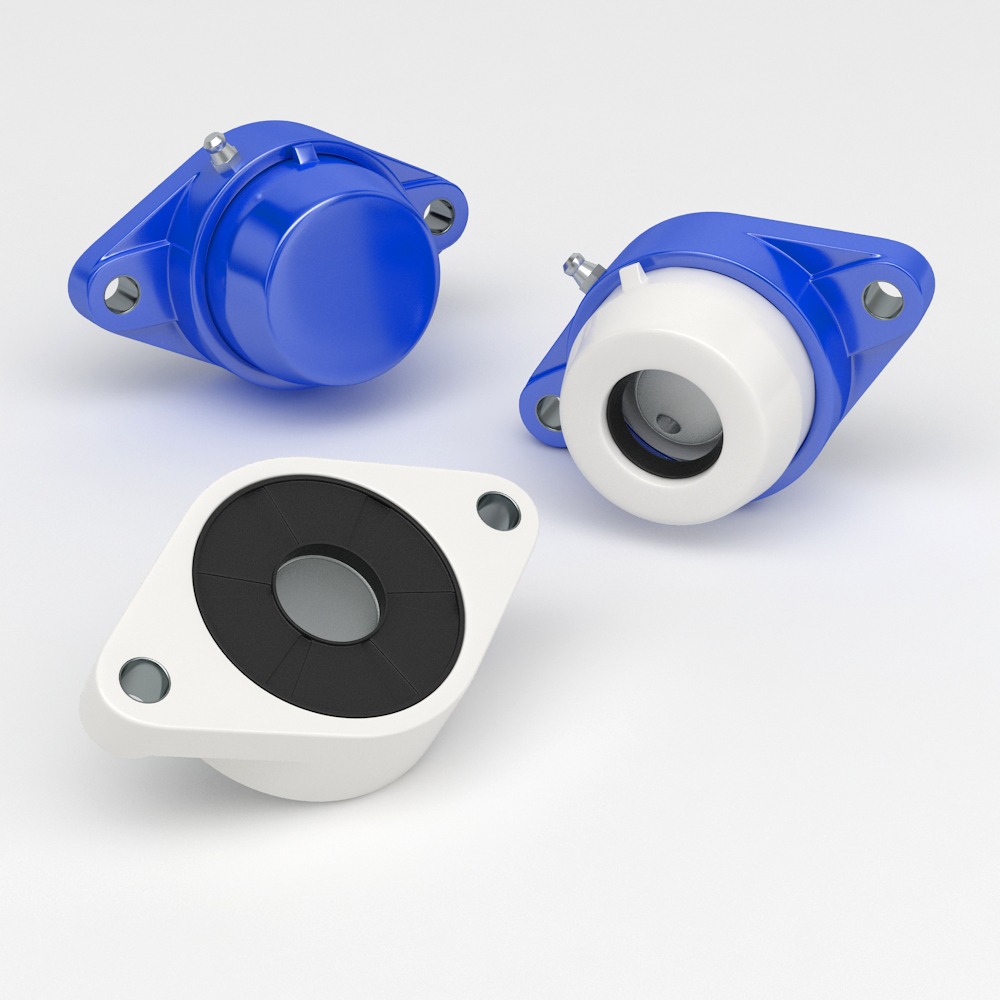The adoption of certified 3-A sanitary components and EHEDG (European Hygienic Engineering & Design Group) hygienic parts across various industries represents a significant stride towards sustainable and eco-friendly production processes. These certifications are not just labels but are assurances of safety, efficiency, and environmental stewardship. Their use in sectors such as food processing, pharmaceuticals, and biotechnology significantly minimizes the ecological footprint of industrial activities, enhances public health safety, and contributes to the sustainability of global supply chains. Certified 3-A sanitary components and EHEDG hygienic parts are designed with rigorous standards for cleanliness and efficiency. These standards ensure that machines and equipment are easy to clean and maintain, reducing the likelihood of bacterial contamination, which is crucial in preventing biodegradable waste from entering the ecosystem. By facilitating easier and more effective cleaning processes, these components decrease the volume of water and cleaning agents required. This not only conserves resources but also reduces the chemical runoff into our waterways, thereby protecting aquatic life and maintaining the natural balance of ecosystems. The efficiency of 3-A and EHEDG certified components extends to the conservation of energy and resources. Equipment designed to these standards operates more efficiently, often requiring less power and fewer raw materials. This reduces the carbon footprint of production facilities and lowers the overall energy consumption in industrial processes. Moreover, the durability of these components means that they need to be replaced less frequently, leading to reduced waste and a lower demand for new materials, thus supporting circular economy principles. The direct impact of using 3-A and EHEDG certified components on public health cannot be overstated. In industries like food processing and pharmaceuticals, the risk of contamination must be meticulously managed. These standards ensure that equipment does not harbor bacteria and that any potential for contamination is minimized. This is especially important in preventing foodborne illnesses and ensuring the efficacy and safety of pharmaceutical products. Consequently, this also reduces the burden on healthcare systems and decreases the spread of antibiotic-resistant bacteria, which is a growing concern globally. The global recognition of 3-A and EHEDG standards facilitates uniformity and compliance in manufacturing practices across different regions and sectors. This harmonization is crucial for international trade and helps in maintaining consistent quality and safety standards for products consumed worldwide. It also encourages industries in various countries to upgrade their processes and adopt more sustainable practices, thereby raising the overall standard of industrial operations internationally. Adopting these certified components represents a commitment to long-term industrial sustainability. Companies that implement these standards are seen as leaders in environmental stewardship and are often at the forefront of industry-wide shifts towards greener practices. By ensuring that their operations are both safe and environmentally friendly, these companies not only comply with current regulations but also prepare for future environmental standards, which are likely to become even stricter in response to global climate challenges. The usage of certified 3-A sanitary components and EHEDG hygienic parts is a cornerstone in the movement towards more sustainable industrial practices. These certifications help safeguard the planet by preventing pollution, conserving resources, protecting public health, and fostering a culture of compliance and responsibility. The widespread adoption of such standards can drive significant environmental benefits, making a substantial contribution to the planet’s well-being.
Certified 3-A and EHEDG Components Drive Sustainability in Industry: A Leap Towards Eco-friendly Production and Public Health Safety
Certified Sanitary Components and Environmental Sustainability
Energy and Resource Conservation
Public Health and Consumer Safety
Global Standards and Compliance
Long-term Industrial Sustainability
Conclusion
Contact
Articles



